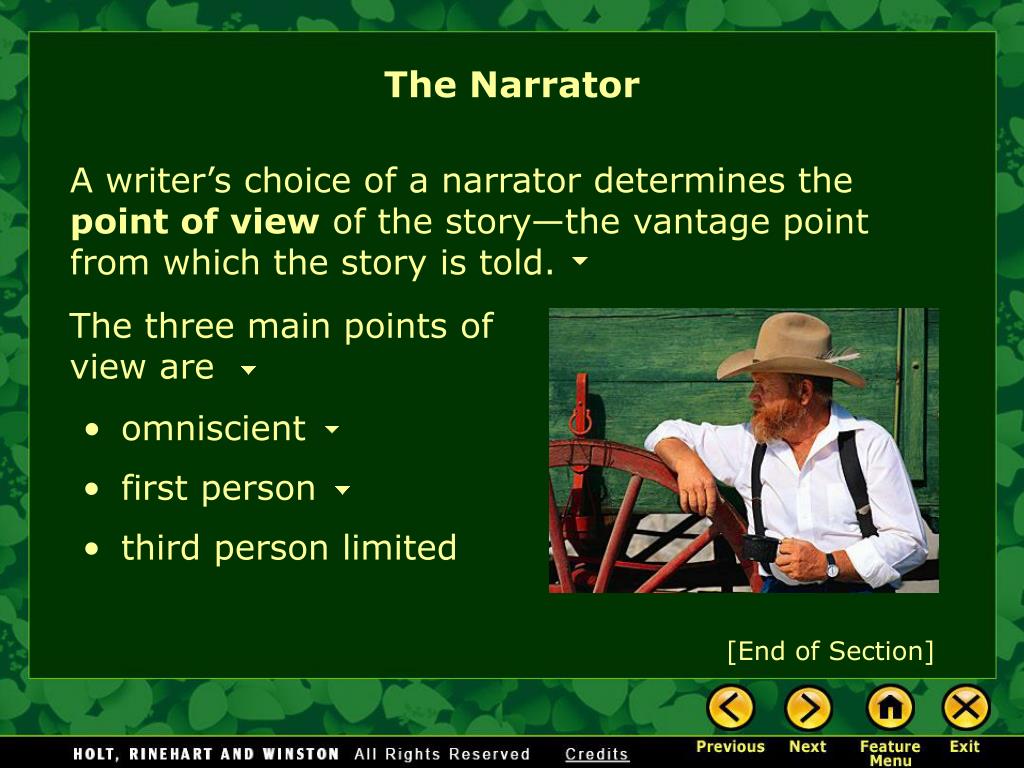

If the writer so chooses, they can also address the reader directly within a 3rd person omniscient point of view by using the narrator’s crafted voice.Īn example of addressing the reader and audience may include “breaking the fourth wall”. Third person omniscient words may include pronouns such as he, she, they, it, as well as character names to indicate which character’s actions, thoughts, and feelings are being described. Writing in third person omniscient should include the use of characters’ name and pronouns. The omniscient pov will require the writer to create a distinct voice for the narrator’s omniscient perspective that differs and is distinguishable from the character’s voices to assist the reader and avoid any confusion. This allows the writer to show an interpretation of events that occur within the story for each unique character.

Writing from an omniscient third person perspective allows a writer to switch between one character’s point of view to another using the narrator’s persona and voice as a vehicle to deliver essential information to the reader.

The narrator isn’t a character in the story, but is outside of it, with perfect knowledge of all of the characters’ actions, emotions, and pasts. Third person omniscient is a point of view where the narrator is an all-knowing voice that provides a “god-like perspective” of the events in the story. other points of view, and discuss writing tips and common errors that can help a writer successfully use omniscient PoV to craft and tell their story. This article will provide a definition, explore the nuance of third person omniscient PoV vs.
Objective narrator how to#
This guide will explore what third person point of view omniscient is and how to write in third person omniscient PoV. Third person omniscient PoV lets you move freely through time and space, gives more information in a smaller amount of time, and yes, even shows what multiple people are thinking within a scene. Learning how to write in third person omniscient PoV lets you do many things with your story that you wouldn’t normally be able to do were you to use a limited, multiple or other points of view.


 0 kommentar(er)
0 kommentar(er)
